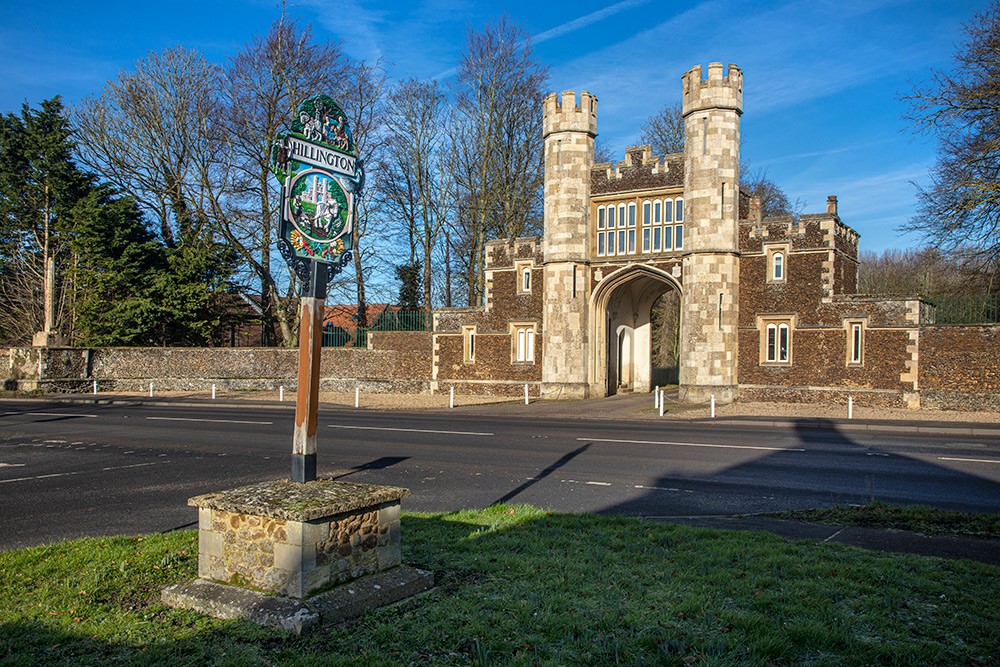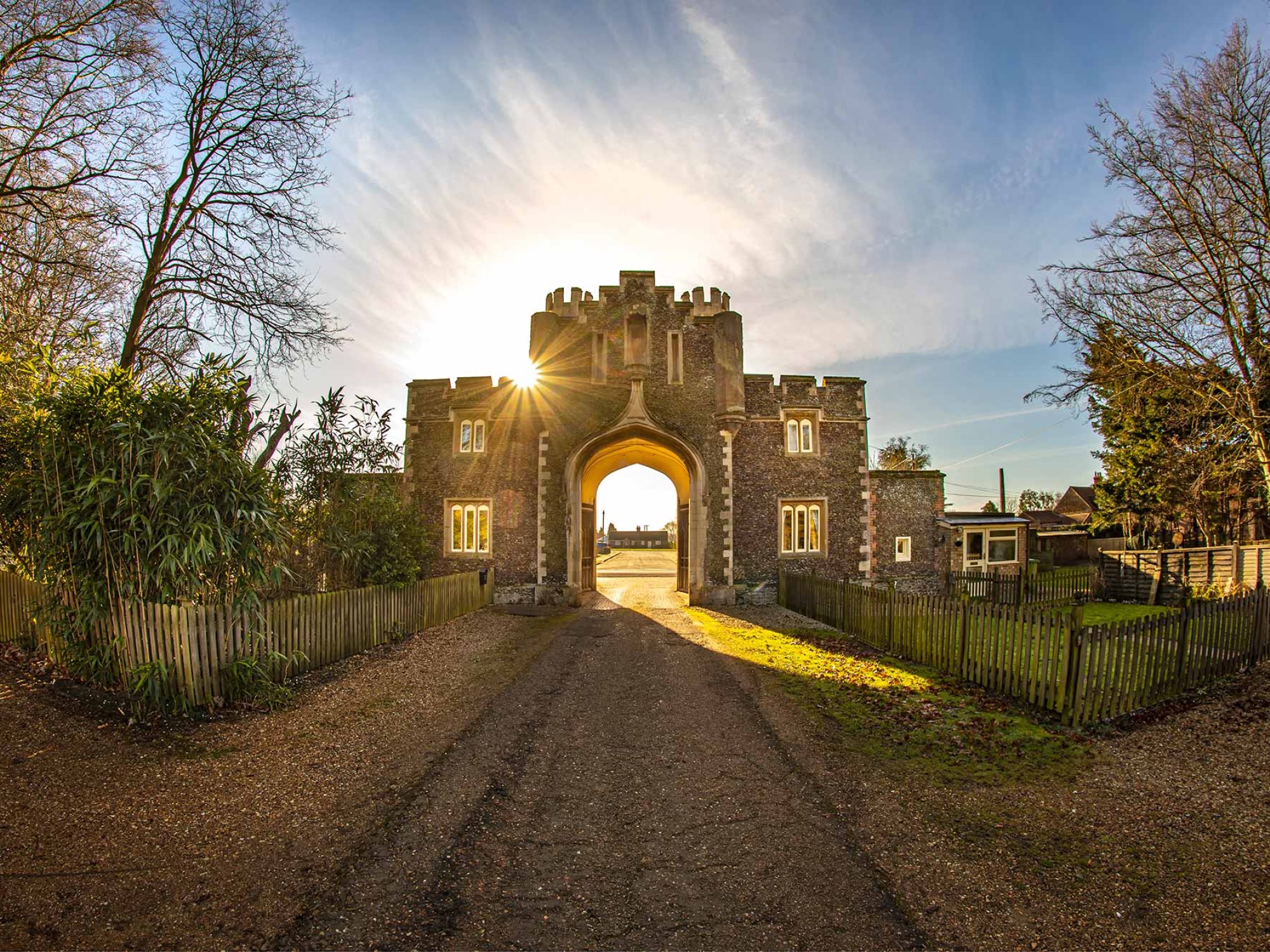
From East Gate to rubble and to rebirth
It once guarded the eastern approach to the centre of King’s Lynn, but the last remains of the town’s East Gate are now six miles away and form the imposing southern entrance to Hillington Hall
The South Gate is one of the most recognisable landmarks in King’s Lynn, and has been welcoming visitors to the town for almost 600 years - at least in its present state.
Many years before the birth of Christopher Columbus, Henry VIII and William Shakespeare the structure was already badly in need of repair, and the authorities gave the job to London mason Robert Hertanger, whose imposing grand design employed some 200,000 bricks and included everything from a 20ft arch with a fan-vaulted ceiling to an inside toilet.
Hertanger was equally passionate about the town’s pubs, however, and ran out of money before the new South Gate was completed - which had to make do with a temporary roof.
It was a rather inauspicious start for the building but at least it fared better than its sister, not least in the fact that it has managed to remain in place.
Over on the other side of town was another monumental gate that marked the division between King’s Lynn and Gaywood.
Thought to have been built around 1266, the original wooden towers and drawbridge of the East Gate were in a sorry state of repair by 1500 and it was eventually renovated in 1541 during the later years of Henry VIII. At the time it was commonly known as St. Catherine’s Gate due to it adjoining the section of the town’s defences called St. Catherine’s Wall and the nearby chapel which was dedicated to the saint.
The bridge was extended with a second span over the Gaywood River and the drawbridge was removed, but no one seems to have paid much attention to the town’s growing importance as a commercial centre.
Its central arch was too low for the increasing amounts of goods and supplies passing under it (or at least trying to), and it was a problem highlighted when the rather capricious and debt-ridden 3rd Earl of Orford sold Robert Walpole’s extraordinary art collection to Russia’s Catherine the Great in 1779.
On their way to the docks in King’s Lynn to be exported, the priceless works (including several paintings by Van Dyck, Poussin, Rubens, and Rembrandt) had to be unloaded and carried through the gate by hand.
As far as its future was concerned, the writing was literally on the wall for the East Gate - and it was demolished in 1800, virtually nothing remaining apart from piles of stone and Henry VIII’s coat of arms.
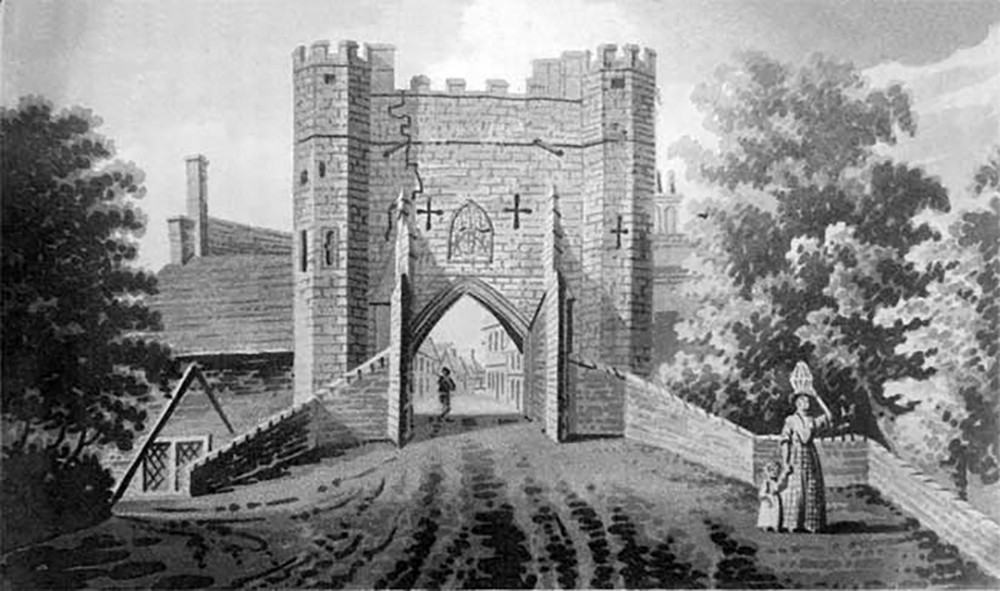
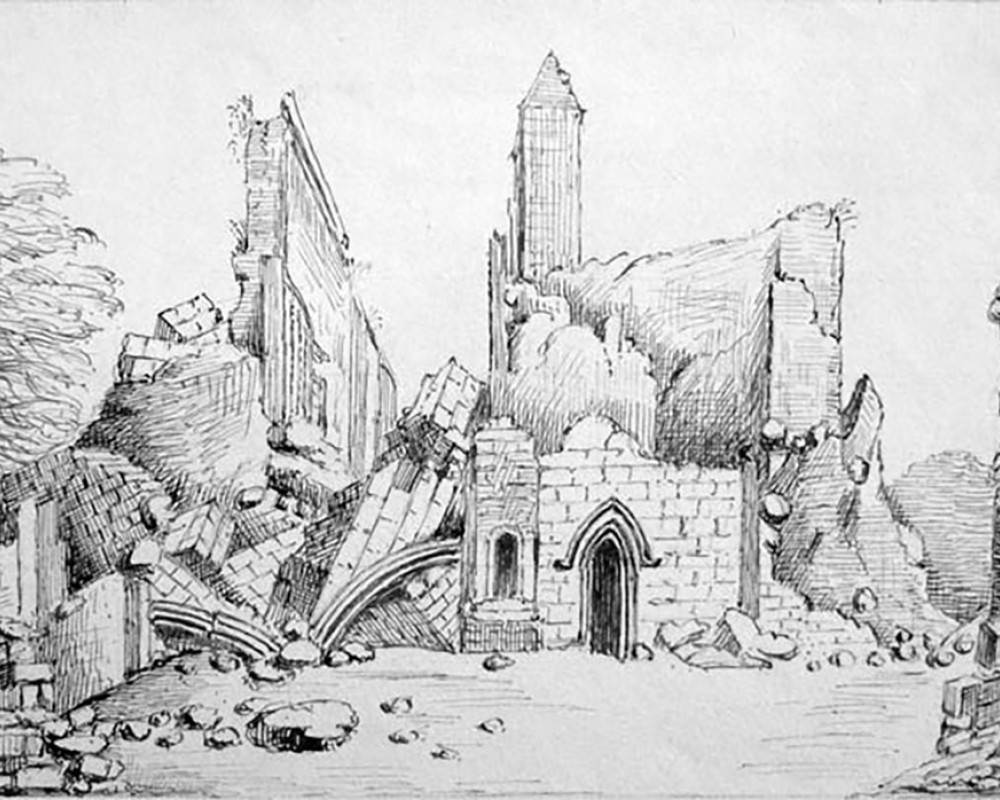
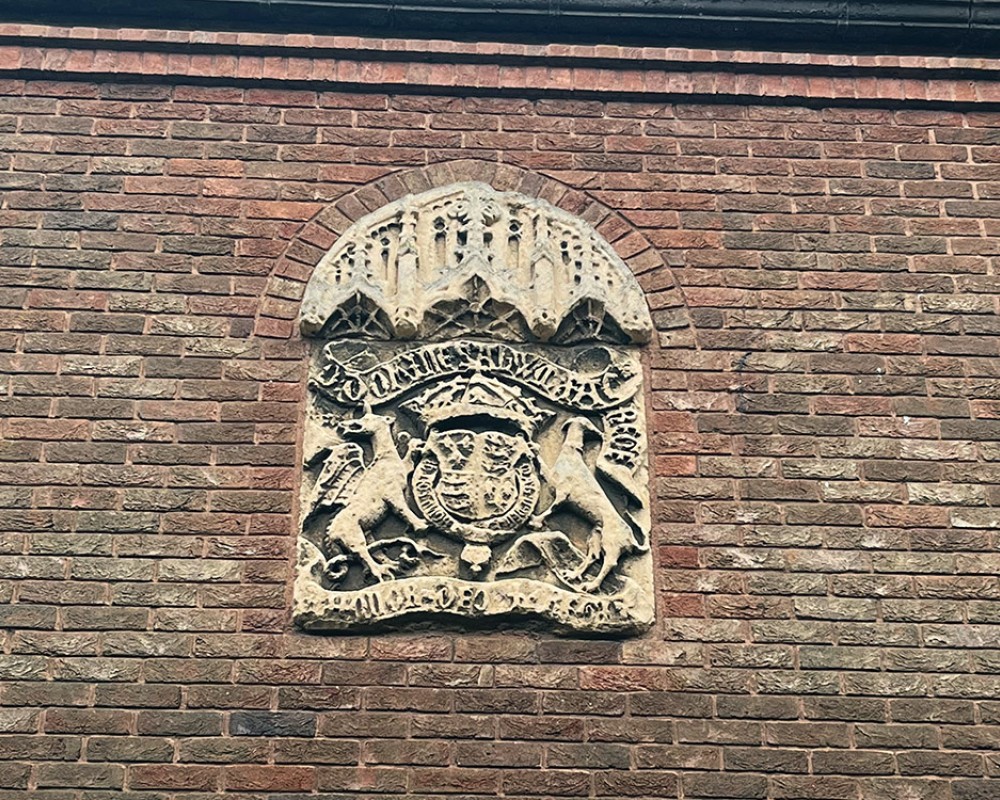
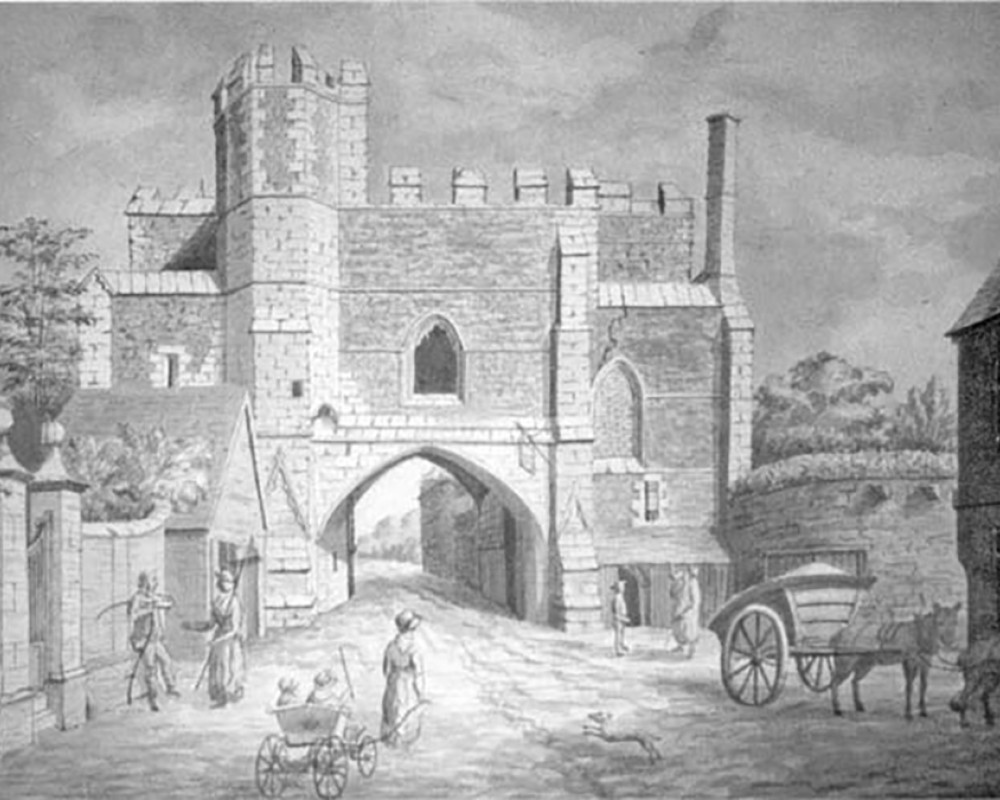
Placed over the gate to remind visitors they were about to enter a royal borough that was no longer under the bishop’s control, the latter was built into the wall of an outhouse belonging to Mr. W. King a few hundred yards away in Littleport Street - although it was soon on the move again when the building was altered.
The finely-carved tablet had several homes over the following century, gradually making its way across town until 1982 when it was installed above the entrance of the newly-built King’s Lynn Magistrates Court.
As for the piles of stones remaining from the East Gate, they were eventually bought (reportedly at a very attractive price) by the growing estate at Hillington - along with the remains of the fine Market Cross that used to stand in the Tuesday Market Place and was demolished around the same time.
There they were used in the construction of a monumental gate at the southern entrance of Hillington Hall.
It was part of a major building project by the Swaffham-born architect William Donthorn, one of the founders of what became the Royal Institute of British Architects (RIBA). His new Hillington Hall replaced an earlier house that dated from 1624 and was typical of his imposing Greek Revival country houses.
The hall was itself demolished in 1946, suffering the same fate as Donthorn’s halls at Elmham, Watlington and Pickenham - perhaps explaining why the architect doesn’t enjoy such a famous reputation as his contemporaries.
Along with the Leicester Monument at Holkham Hall, the gate standing at the entrance to Hillington Hall is one of the last surviving examples of Donthorn’s work in Norfolk - and the final resting place of what remains of King’s Lynn’s East Gate.
